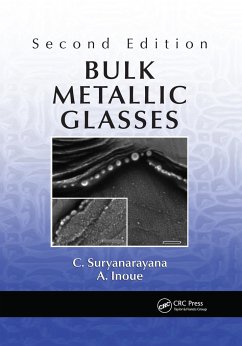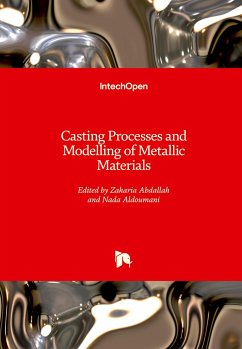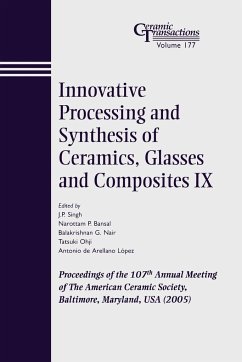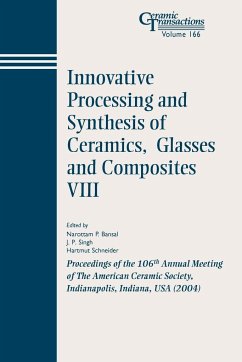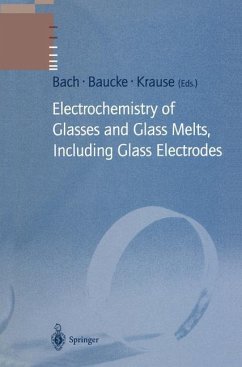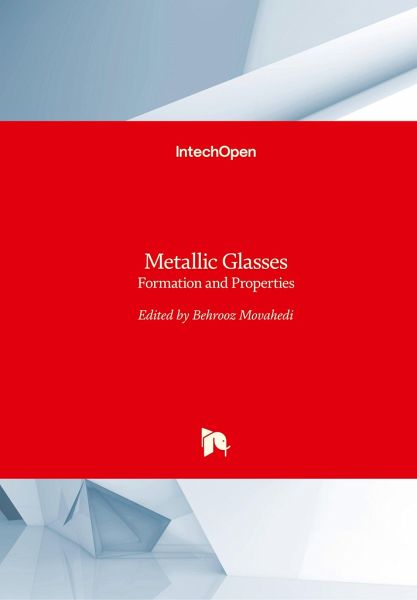
Metallic Glasses
Formation and Properties
Herausgeber: Movahedi, Behrooz
Versandkostenfrei!
Versandfertig in 1-2 Wochen
84,99 €
inkl. MwSt.

PAYBACK Punkte
42 °P sammeln!
Metallic glasses and amorphous materials have attracted much more attention in the last two decades. A noncrystalline solid produced by continuous cooling from the liquid state is known as a glass. From the other point of view, a noncrystalline material, obtained by any other process, for example, vapor deposition or solid-state processing methods such as mechanical alloying, but not directly from the liquid state, is referred to as an amorphous material. At this moment, bulk metallic glasses (BMG) are appearing as a new class of metallic materials with unique physical and mechanical propertie...
Metallic glasses and amorphous materials have attracted much more attention in the last two decades. A noncrystalline solid produced by continuous cooling from the liquid state is known as a glass. From the other point of view, a noncrystalline material, obtained by any other process, for example, vapor deposition or solid-state processing methods such as mechanical alloying, but not directly from the liquid state, is referred to as an amorphous material. At this moment, bulk metallic glasses (BMG) are appearing as a new class of metallic materials with unique physical and mechanical properties for structural and functional usage. Extreme values of strength, fracture toughness, magnetic properties, corrosion resistance, and other properties have been registered in BMG materials.




